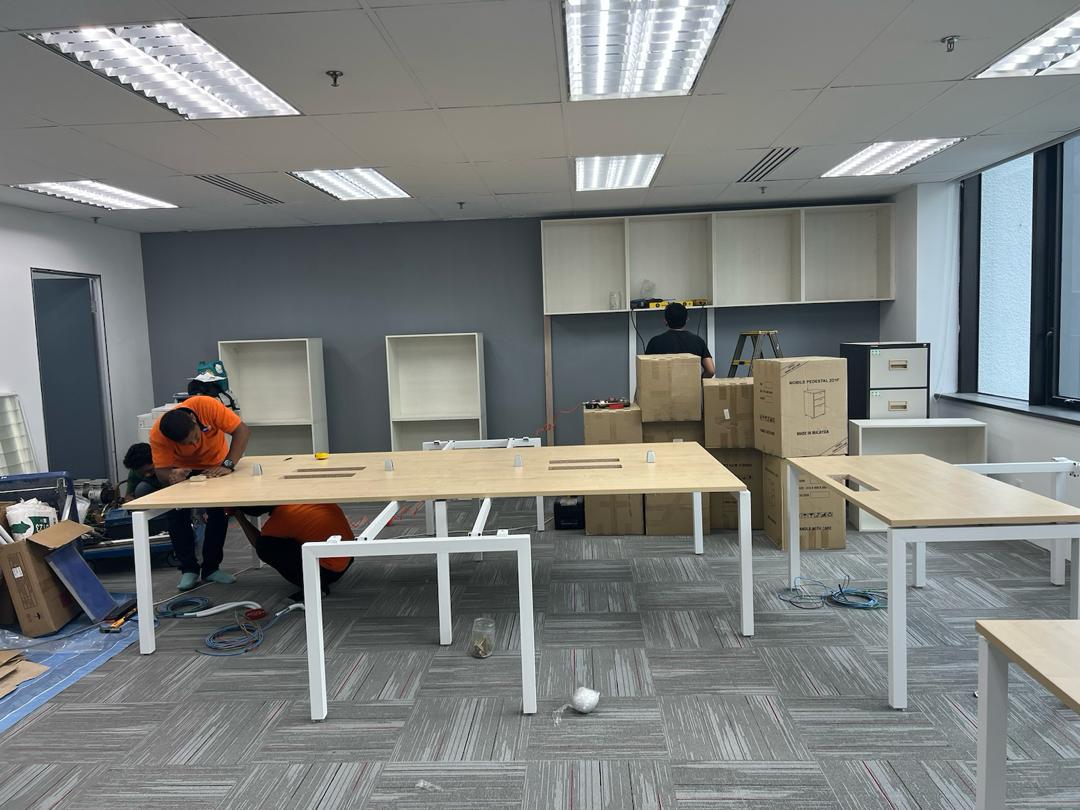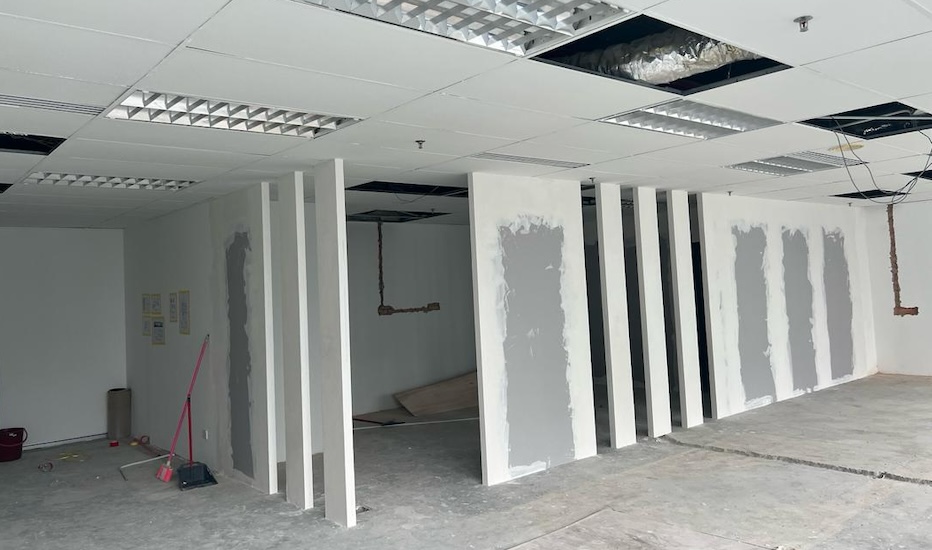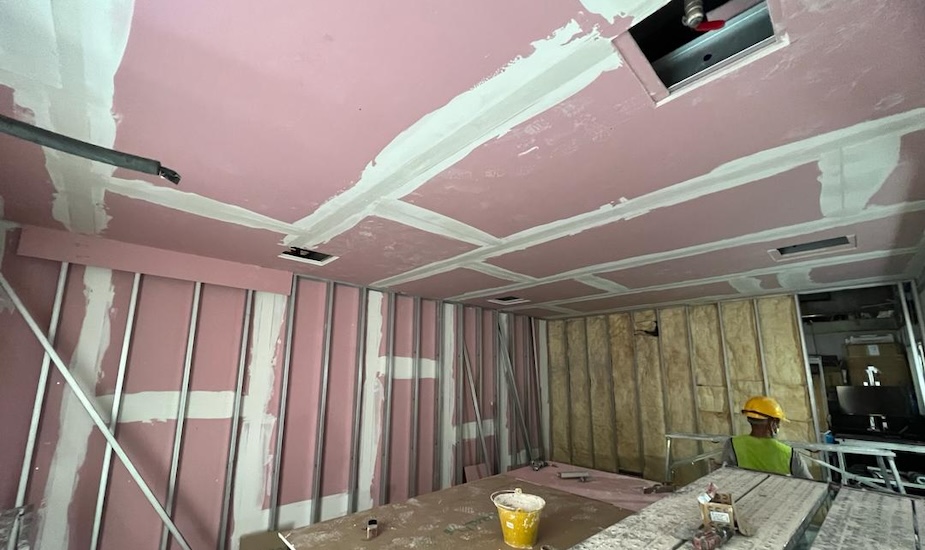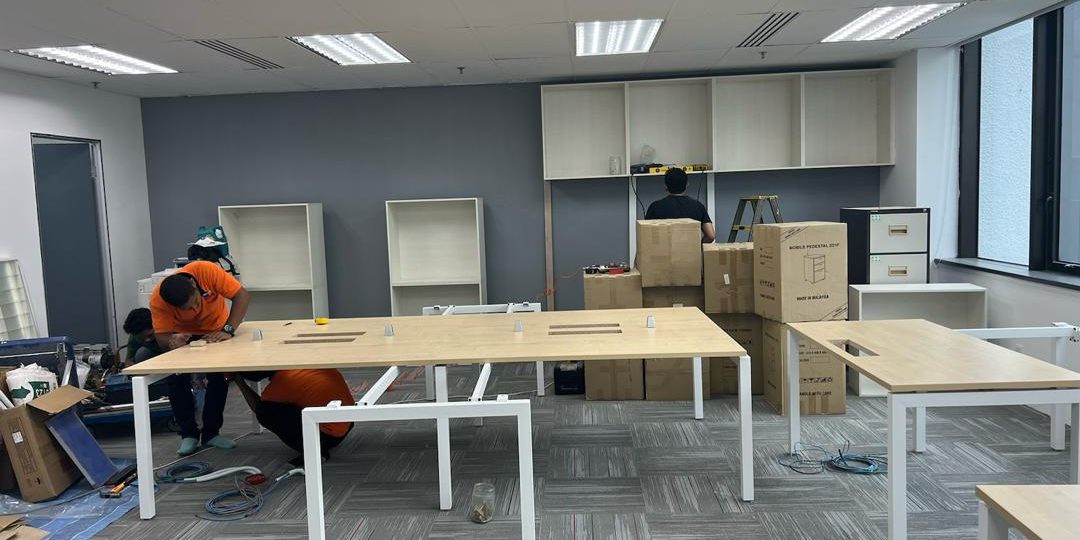
Whenever the thought of changing the outlook of your home comes up, it is important to know the difference between renovation and remodeling. People often confuse these terms but refer to distinct approaches regarding projects, costs, and outcomes.
Remodeling entails reestablishing a structure without necessarily changing its core form of construction. This includes painting walls, changing or fixing fixtures such as light bulbs or lamps, or redoing the floor. However, remodeling entails more substantial changes. It involves changing the layout or adding new features, which can change how a space works and looks.
By explaining these terms, homeowners can make smart choices that match their aims, money limits, and what their homes need. Knowing if your project is a renovation or a remodel will help you talk with contractors, set down-to-earth hopes, and ultimately get the results you want for fixing up your home. This knowledge impacts how well you plan and carry out your home improvements.
What is Renovation?
Renovation means improving or updating an area, building, or its sections without altering the structure. When you renovate, you attempt to optimize the space, beautify the area, or make it more suitable for today’s standards and requirements.
Examples of Renovation Projects
- Painting and Wallpapering: Fresh paint or new wallpaper breathes life into a room.
- Flooring Updates: New hardwood, laminate, or tile floors take the place of old carpets.
- Fixture Upgrades: New light fixtures, faucets, or cabinet handles go in.
- Bathroom Refresh: New tiles, fresh grout, or a new vanity update the space.
- Kitchen Facelift: Updated countertops, cabinet fronts, or a new backsplash transform the space.
- Window and Door Replacement: Modern, energy-saving windows and doors replace outdated ones.
- Exterior Improvements: A fresh coat of paint, fixed-up roof, or revamped landscaping enhances the home’s outward appeal.
What is a Remodel?

Remodeling changes a space’s structure or shape, often leading to a big change. It’s different from renovation, which aims to update or freshen up what’s already there. Remodeling means making bigger changes that can shift how a space is laid out, how it works, or its overall look.
Examples of Remodeling Projects
- Kitchen Overhaul: To modernize the kitchen, one is encouraged to remove the barriers and introduce new cabinets, countertops, and even appliances.
- Bathroom Makeover: You can redesign to make space for a bigger shower head, bathtub, or even twin basins.
- Room Addition: Build an annex to the house, such as a home office, a guestroom, a sunroom, etc.
- Basement Finishing: Convert a basement that has been left incomplete and perhaps merely for storage purposes into a more versatile space, such as a family room, entertainment room, or extra bedroom.
- Attic Conversion: Convert an open space into a livable square, for instance, from an attic into an actual bedroom, a workplace, or a playpen.
- Open Floor Plan: Removing internal walls creates a large, single area within a house that can be used for various purposes.
- Garage Conversion: Making a garage more functional in its purpose and transforming it into a new, more useful form, such as a small flat or a gym.
Key Differences Between Renovation and Remodel
| Aspect | Renovation | Remodel |
| Purpose and Scope | Updates or repairs existing elements without altering the structure.
E.g: repainting walls. |
Involves changing the structure or layout, such as adding new rooms or reconfiguring spaces. |
| Cost Implications | Generally lower cost; can range from a few hundred to several thousand ringgit. | Typically more expensive; can range from several thousand to tens of thousands of ringgit. |
| Timeframe for Completion | Shorter completion times; can take from a few days to a few weeks. | Longer completion times; can take several weeks to several months. |
| Required Permits and Regulations | May require permits for significant changes (e.g., plumbing or electrical), but not for cosmetic updates. | Almost always requires permits due to structural changes; includes building, electrical, and plumbing permits. |
When to Renovate
When You Might Need to Renovate
- Cosmetic Updates: Your home might look old or worn out, but its structure stays strong. In this case, a renovation can make it look new again. You can paint, change fixtures, or redo floors to freshen things up.
- Minor Repairs: Sometimes, you have small problems like dripping faucets broken tiles, or paint coming off. A renovation can fix these issues without changing the main structure of your home.
- Budget Constraints: You might want to make your home better but don’t have a lot of money. In this case, renovations often cost less than remodeling.
- Time-Sensitive Projects: If you need to finish work fast, like getting a house ready to sell, renovations take less time than remodeling.
- Preserving Character: If you aim to keep your home’s original charm and character, renovations can freshen up the space while keeping its unique features intact.
Benefits of Choosing Renovation Over Remodeling
- Cost-Effective: Renovations cost less than remodeling projects. This saves money for homeowners who want to improve their home.
- Less Disruptive: Renovation work doesn’t get in the way as much. You can live in your home while it’s going on, which means less trouble in your daily routine.
- Faster Completion: Renovations finish quicker than remodeling jobs. This lets you enjoy your updated space earlier.
- Preservation of Layout: If you like your home’s current layout, renovations can make the space better without changing its structure or flow.
- Higher Home Value: Minor improvements can boost your house’s value. This makes it more attractive to potential buyers if you decide to sell.
When to Remodel
Common Reasons to Remodel Your Home
- Outdated Layout: When your home’s design no longer meets your needs, it can be updated to create a space that works better and looks new.
- Growing Family: As your family expands and you need more space, such as additional bedrooms or a larger living area, changing your home’s layout can give you the room you need without moving.
- Home Office Needs: With more people working from home, creating a separate office space can boost your productivity and help you keep work and personal life separate.
- Accessibility Requirements: Home upgrades can improve usability if you or a family member has mobility issues. You might add ramps, widen doorways, or create an accessible bathroom.
- Energy Efficiency: Making your home more energy-efficient can lower utility bills and boost comfort. Options include adding insulation, replacing windows, or switching to energy-saving appliances.
- Increasing Home Value: Remodeling can boost your home’s market value and appeal to potential buyers if you plan to sell.
- Personalization: Remodeling allows you to tailor your home to your taste and preferences, making it yours.
How Clear Goals Help Home Improvements
- Better Functionality: Remodeling can alter your home to suit your lifestyle and requirements. This includes creating an open floor plan, adding extra storage space, or enhancing traffic flow.
- Higher Home Value: Quality renovation projects impact your home’s value, which is beneficial if you plan to sell in the future.
- Getting Up to Date: Renovation allows you to bring new design trends, technology, and materials into your home, helping it maintain a modern, contemporary look.
- Saving Energy: During renovation, you can install energy-efficient features. This benefits the environment and reduces your utility costs.
- Customization: A remodel lets you create a space that fits your style and needs perfectly.
- Better Comfort: Changing the layout, adding insulation, or upgrading heating and cooling systems can make your home more comfortable and enjoyable.
- Adaptability: Remodeling your home can help it adapt to future changes. This includes modifications to age in place or to handle new family situations.
How to Decide What You Need

Things to Think About When Deciding Between Fixing Up or Overhauling Your Home
- Current Condition of Your Home: Look at how your house is doing. You might need to fix it if it needs a fresh coat of paint or small repairs. But if the structure has problems or the layout no longer works, you might need to change things up more.
- Goals and Objectives: Figure out what you want. Do you want to make your home look better, work better, or have more room? What you’re trying to do will help you decide if you should spruce things up or make bigger changes.
- Budget: Think about your money situation. Fixing up your home costs less than changing it a lot. Think about how much you want to spend and what you can afford.
- Timeframe: Think about how fast you need to finish the project. Renovations take less time while remodeling jobs can take up more time.
- Long-Term Plans: Consider your plans. A remodel might make sense if you plan to live in your home for a long time. If you’re considering selling soon, a renovation might give you a better return on your money.
- Impact on Daily Life: Remember how the project changes your daily routine. Renovations cause less disruption, while remodeling might force you to move out for a while.
Ways to Evaluate Housing Requirements, Financial Plan, and Future Objectives
- Look Over Your House: Check every part of your home to spot areas that need work. This helps you rank projects and determine if you should fix things up or change them.
- Plan Your Spending: Determine how much money you can put into this. Make sure to set some cash aside for surprise costs. Look at how much it would cost to fix things up versus changing them to see which fits your wallet better.
- Know What You Want: Describe what you hope to get from this project. Make two lists: things you need and things that would be nice to have. This will help you focus on what’s most important.
- Think About Tomorrow: Look ahead to how your needs might shift. Consider how changes like starting a family or working from home could affect the space you need.
- Do Your Homework and Map It Out: Get the scoop on possible projects, materials, and what they’ll cost. Sketch a thorough plan to help you picture the end result and ensure you’ve thought of everything.
Talking to Experts
- Architects: When you plan major structural changes, talk to an architect. They can give you helpful ideas and ensure your design works well and looks good.
- Contractors: A good contractor can help you grasp the project’s size, tell you how much it might cost, and run the building work. They can also suggest whether you should renovate or remodel.
- Interior Designers: An interior designer can assist you if you want to focus on how things look and work. They’ll help you pick materials, colours, and layouts to improve your space.
- Specialists: Your project might need you to check with experts like electricians, plumbers, or HVAC techs to handle specific parts of the work.
Impact on Home Value
| Aspect | Renovation | Remodels |
| Impact on Resale Value | Enhances aesthetic appeal and functionality, making the home more attractive to buyers. Typically offers a good return on investment (ROI), e.g., minor kitchen renovations can yield up to 72% ROI. | Transforms the home, making it more functional and modern. Offers substantial returns if done correctly, e.g., major kitchen remodels can recoup about 60-70% of the cost. |
| Real Estate Expert Insights | Recommended for cost-effective improvements that quickly boost marketability. Ideal projects include updating kitchens and bathrooms, improving curb appeal, or adding fresh paint. | Advised with caution; important to consider local market and buyer preferences. Consult with real estate professionals to determine which remodels are likely to yield the best returns. |
| Project Examples | Painting, updating fixtures, replacing flooring, minor kitchen updates. | Altering layout, adding new rooms, major kitchen or bathroom remodels. |
| Risk of Over-Improving | Lower risk, as renovations are typically smaller scale and cost-effective. | Higher risk of over-improving, which can lead to diminishing returns if not aligned with market demands. |
Conclusion
Understanding the main differences between renovation and remodeling is essential for homeowners looking to update their homes. Renovations aim to update or repair existing elements without altering the structure, which makes them more affordable and less disruptive. In contrast, remodels involve significant changes to the layout or structure, which can transform the space but come with a higher price tag and take more time to complete.
If you need help with sprucing up or overhauling your home, consider your house’s current state, goals, budget, and future plans. Sprucing up is great for improving appearances and tackling minor repairs. However, overhauling makes more sense if you want to change outdated layouts, expand your space, or make major functional improvements. Chatting with professionals like architects, contractors, and interior designers can spark ideas and help ensure your project meets your expectations.
TF Renovation offers excellent office and home renovation services to homeowners and businesses looking to enhance their spaces. Their team of skilled professionals guides you through the process, ensuring your project hits the highest marks, whether you’re freshening up a room or tackling a major overhaul. Choose TF Renovation, the best renovation company in Malaysia, to get reliable, first-rate renovation and remodeling solutions that suit your requirements.






